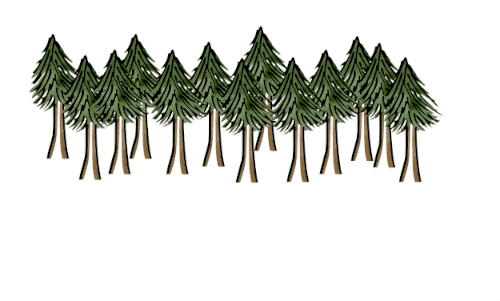This post was published in the Common Craft Newsletter. Subscribe here
We've all heard someone say, in the context of understanding something new: "You're not seeing the forest through the trees." This usually means that someone is so focused on the details that they're missing the big picture. This dynamic frames a very common and difficult element of communication. We all struggle with the Curse of Knowledge and what mix of forest and trees will work for our audience.
When we have deep knowledge of a subject, it's easy to become focused on the trees; the fascinating details. We learned about the big picture, the forest, long ago and it now seems almost too basic. Surely everyone else see it, too.
When it's time to share our knowledge, it can seem logical to skip the forest and focus on the trees. With limited time, it may seem wasteful to cover the basics. After all, our expertise is in the trees. This can quickly become a problem. If we neglect the forest, we risk leaving people behind, or with an incomplete picture.

A Choice
If your goal is helping people understand something new, the forest matters. Yes, you may be covering ideas that others already know, but that's not a big risk. You're simply validating their knowledge.
The bigger risk is having beginners tune-out because they never see the beauty of the idea or feel confident in their understanding. This loss of confidence is difficult to rebuild and you may not realize it's happening.
What You Can Do
Consider designing this idea into a presentation and starting off with a disclaimer like this:
"We're going to start with the big picture. I know some of you are familiar, but I want to be sure we're all on the same page."
This becomes an invitation for beginners to become engaged and for experienced people to feel validated. Your audience will thank you for it!